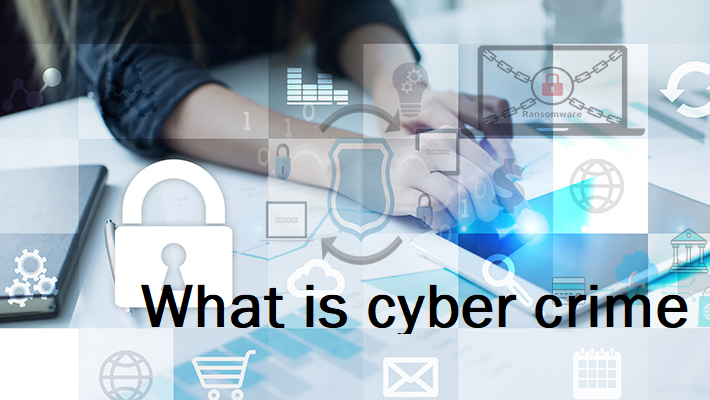What is Cyber Crime ?
The term ‘cyber crime’ refers to any unlawful activity involving a computer Network or a connected device of any kind. Incidents resulting from human error or accidents are not considered cyber crimes, but may nonetheless constitute a severe cyber security risk. For a cyber crime to be committed, the individual needs to have the express desire to carry out one or more unauthorized actions, which may have catastrophic consequences for the victim. Cyber criminals typically carry out their attacks for purposes of greed, revenge or simple enjoyment.
Types of Cyber crimes
Crimes by Insider
Crimes by Outsider
Cyber criminals may be known to the organization or entity they attack, or may be a stranger they’ve never had any contact with. As a result, there are two distinct categories of cyber attacks carried out by criminal entities worldwide:
Insider Attack:
An internal attack occurs when an individual engages in some kind of malicious activity, by way of their authorized access to the system. In the vast majority of instances, internal attacks are carried out by disgruntled employees, dissatisfied contractors, former employees who still have access to the organization’s systems and so on. Insider attacks can be particularly devastating, as the user may have high-level access privileges. However, insider attacks are also comparatively easy to trace back to their origins, ensuring the responsible parties are identified and held accountable.
External Attack:
By contrast, external attacks occur when anyone who does not have authorized access to the company’s systems launches an attack. Any business that operates computers and IT systems that are connected to the Internet is technically a viable target for external attackers worldwide. Most external attacks are thwarted by firewalls and similar safeguards, though cannot be ruled out of the equation entirely. External attacks are motivated predominantly by greed, or on the basis of a dispute/disagreement with the organization in question.












[…] In this guide to physical threats and physical protections of data, we are describing physical threats can lead to One of the most common physical threats to cyber security is also one of the most overlooked and underestimated. Electrical power surges – which can occur at any time without warning – can effectively destroy electronic devices like computers in a split second. This is why the use of power surge protectors and uninterruptible power supplies is considered mandatory by cyber security experts. The more important the computer or IT system, the greater the measures that should be taken to protect them. The physical security of computers and network systems often begins and ends with the security of the facility itself. If the office or business location is not sufficiently protected from unauthorized entry, the risk of theft or damage to its property is elevated. The more difficult you make it for would-be criminals to gain access to your computers and related technology, the lower the likelihood of falling victim to attack or cyber crime. […]
[…] interruptions take place. Following above guideline you can protect your business from any kind of cyber crime and work […]
Comments are closed.